The Magnificent Tiffany Lamps at The New-York Historical Society
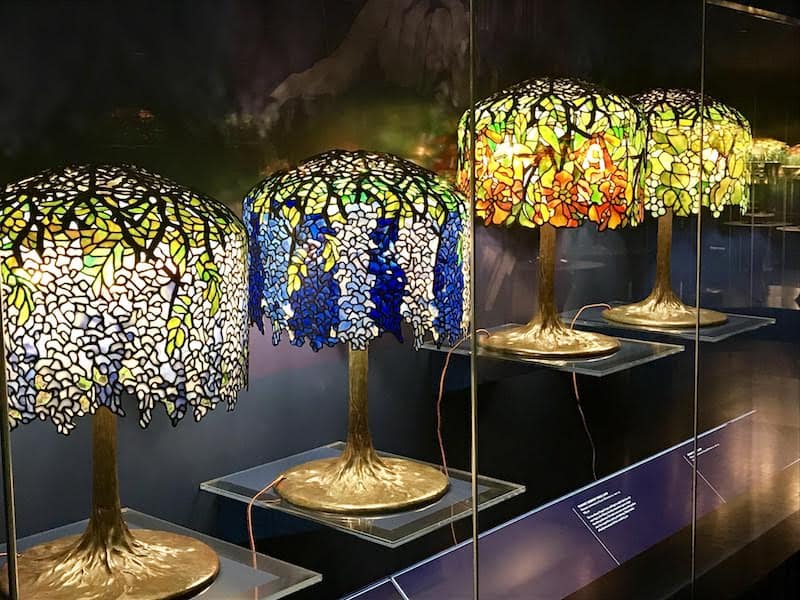
The brilliant exhibit of Tiffany lamps at the New-York Historical Society couples art with history.
I had never before heard of Dr. Egon Neustadt until a docent at the New-York Historical Society mentioned the name.
While at the museum that day to see another exhibition, Celebrating Bill Cunningham, we walked into the museum’s Gallery of Tiffany Lamps, not sure what would be there. The docent standing just inside the door immediately recognized the amazed look on our faces.
We were surrounded by 132 Tiffany lamps, electrified and artfully displayed, either hanging, on tables, or on the floor. The ambient light in the room played off the vibrant colors of the glass.
“This is the largest lit collection of Tiffany lamps on display anywhere in the world,” she said.

“How did the museum acquire all of them?” I asked.
She said they were all donated to the museum by a single collector, a Jewish orthodontist from Flushing, New York (in the borough of Queens)—not far from the area where I grew up. To amass a collection like that, we imagined that Dr. Neustadt had probably put a lot of kids in braces in his day.
The docent continued telling the story: In 1935, Neustadt and his wife Hildegarde—not-very-wealthy, recently married, Viennese émigrés—purchased their first Tiffany lamp (a daffodil lamp) for about $12.50 at a second-hand shop in Greenwich Village. Stained glass lamps had fallen out of fashion so the price was right, and the style complemented the couple’s Jacobean home décor.
The orthodontist became a successful real estate developer with the passion and means to become the consummate Tiffany lamp collector. Over five decades, he amassed more than 200 Tiffany lamps of different shapes, sizes, colors, and designs.
His wife, HIldegarde, died in 1961 and Neustadt died in 1984 at the age of 87. His obituary in the New York Times reported:
“He [Neustadt] said he bought every type of lamp that Louis Comfort Tiffany made, even if he did not like it. ‘The point was to have a definitive collection that would show to others the full range of Tiffany’s work,’’ he said.”
That same year, Neustadte gave a large portion of his encyclopedic collection, the 132 Tiffany lamps and three Tiffany windows to the New-York Historical Society, the city’s oldest museum.

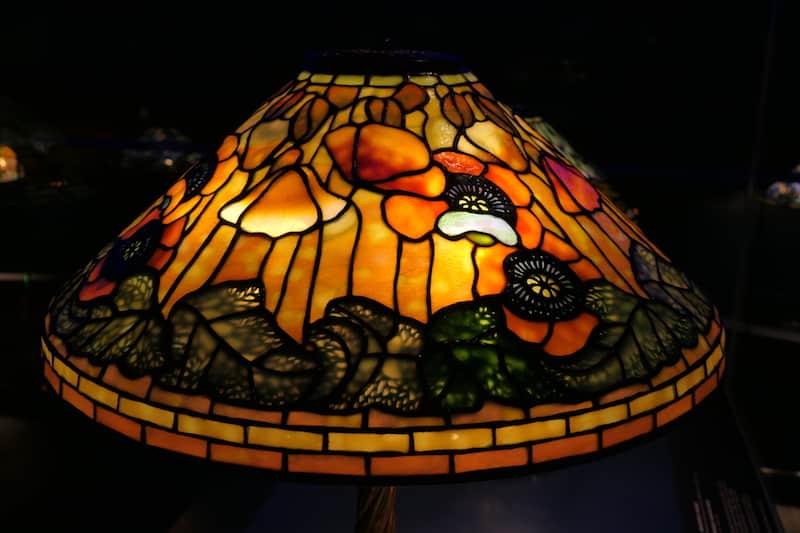

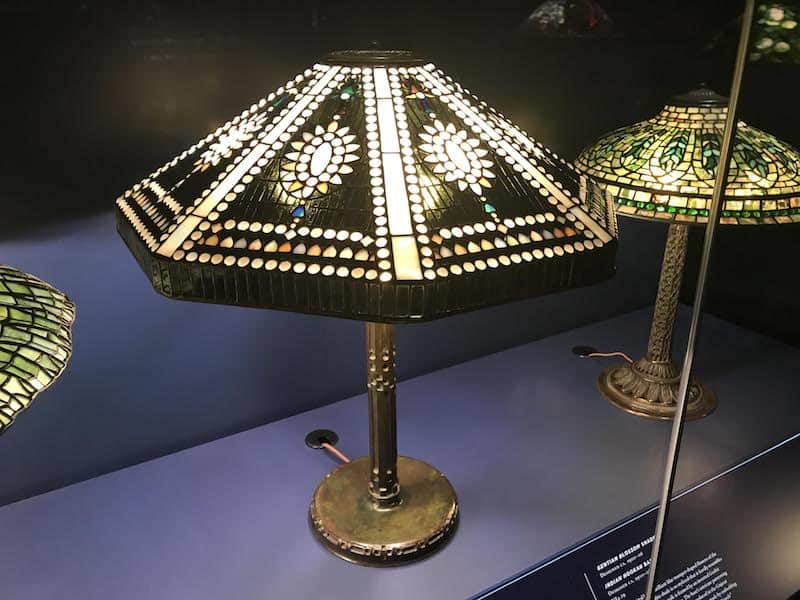

With a little bit of research, I later learned that the non-profit Neustadt Collection, founded by the couple arranged for another 25 lamps to be displayed in a permanent gallery at the Queens Museum.
The Tiffany Gallery at the Historical Society
Spread over two floors with a magnificent glass spiral staircase connecting them, the interactive, multimedia exhibit not only displays the lamps, each a one-of-a-kind piece of art, but also recounts the history of how they were assembled by hand at a factory in Corona, Queens.
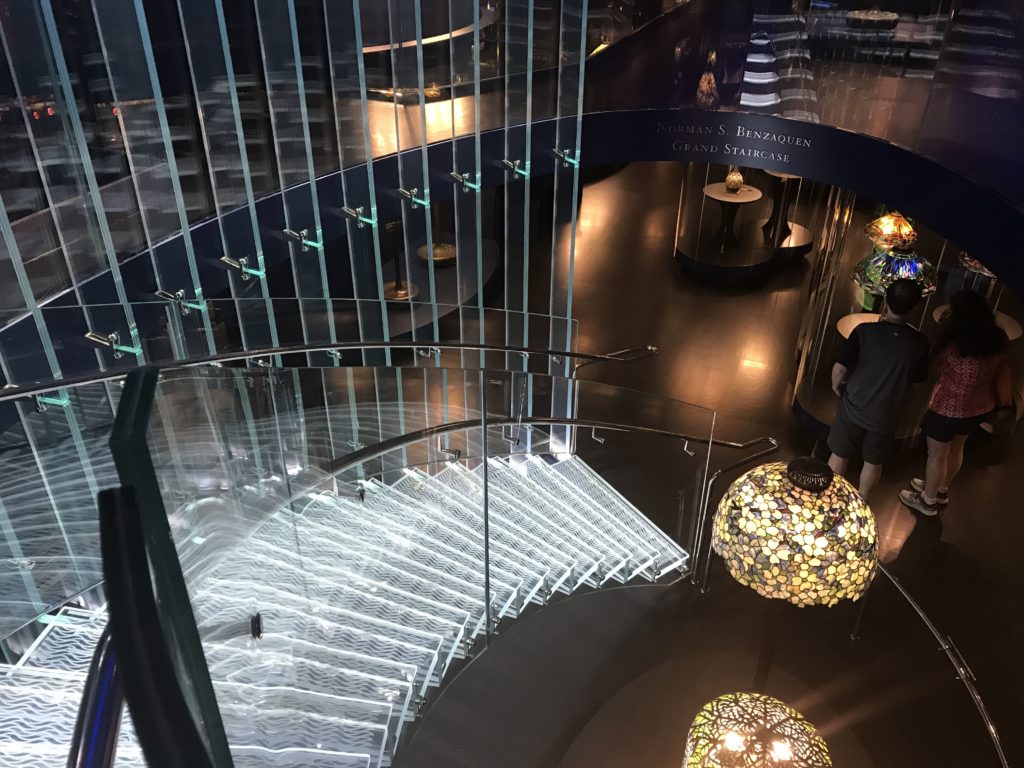
The docent explained that the striking, contemporary space accommodating the permanent Tiffany exhibit was created about a year and a half ago. Award-winning architect Eva Jiřičná designed the renovation, part of the Henry Luce III Center on the fourth floor of the museum.
Visitors learn that many of the floral designs of the Tiffany lamps were actually created by “Tiffany Girls.” These women worked in Manhattan under a young Tiffany employee Clara Driscoll (1861-1944), whose role remained relatively obscure for many years. Men worked separately at a factory in Queens where they assembled the lamps.
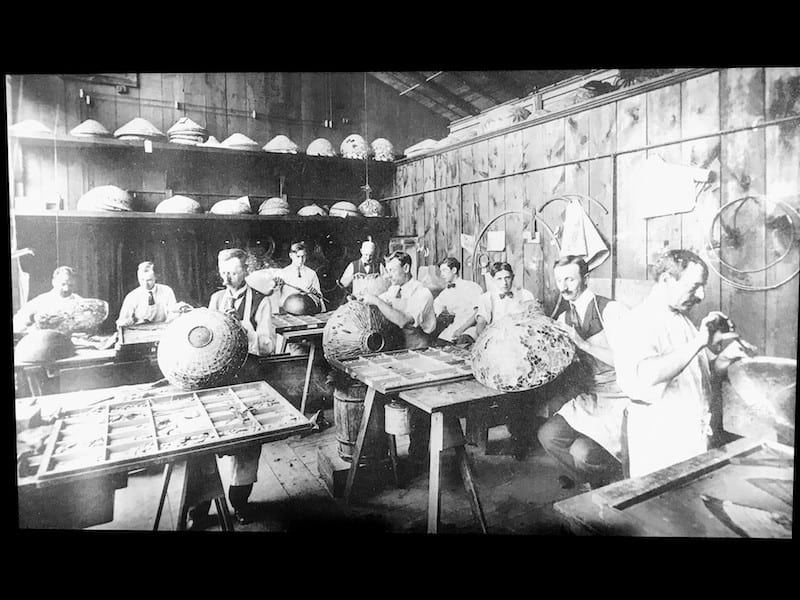


Driscoll oversaw the designs executed by the women’s glass-cutting department of the company, which employed some 300 people at its peak. The Tiffany Girls carefully chose each of the pieces of colored glass to create the fabulous designs that showcase the beauty of nature. Correspondence to her mother links Driscoll with the design of the iconic Tiffany wisteria lamps, each comprised of 2000 pieces of glass. Some of them are now valued at over $100,000 each.
Tiffany lamps, marketed to the wealthy, were most popular between 1900-1910, shortly after the introduction of incandescent bulbs.
How did Tiffany (1848-1933) have the means to create all these treasures? His father, Charles Lewis Tiffany, was the founder of Tiffany and Company, the venerable, luxury jewelry company for which Louis Comfort Tiffany served as the first design director.

Bottom Line
The incredible collection of Tiffany Lamps at the New-York Historical Society in New York City is simply breathtaking. Everything is beautifully displayed with ample space to see many of them “in the round.” Descriptive placards and electronic devices next to various items provide information about their history, which is complemented by the very helpful and welcoming museum staff.


Often copied, Tiffany lamp reproductions don’t hold the same luster. If you are in New York City, this is a wonderful opportunity to see this world-class collection. Learning about the rich history of the lamps greatly enhances the experience of seeing them.
IF YOU GO
New-York Historical Society
170 Central Park West at Richard Gilder Way (77th Street)
New York, NY 10024
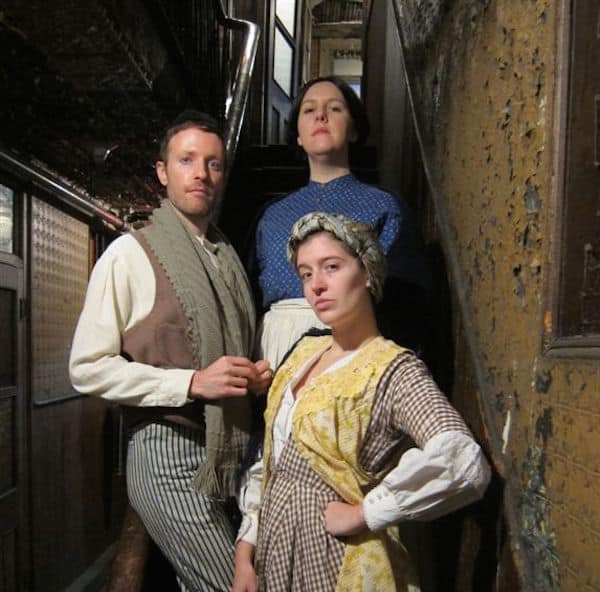
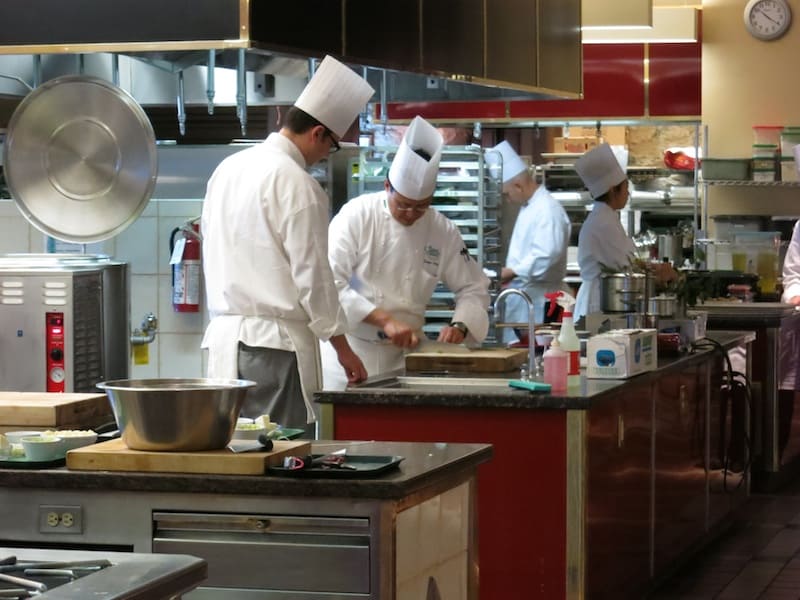
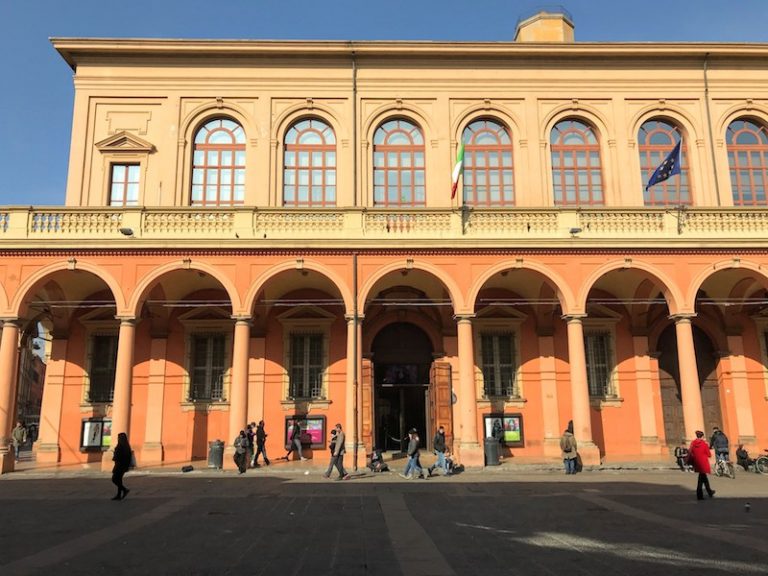

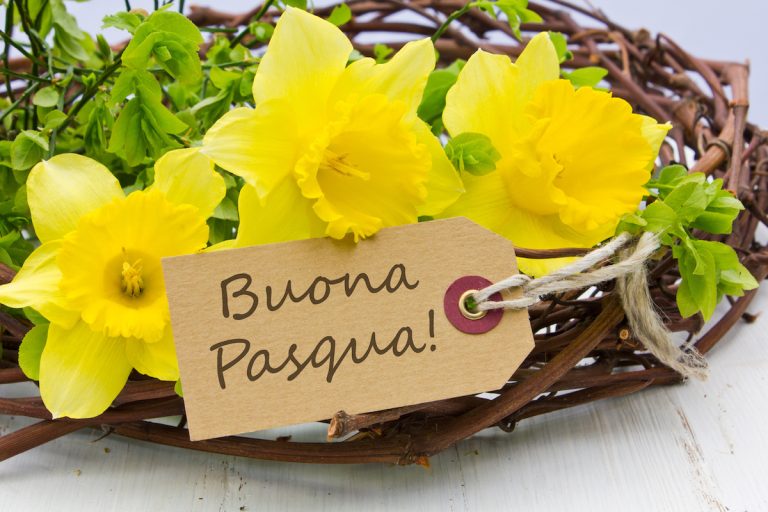

Thank you for the gorgeous photos and interesting article! Brava!
Debra
As you can probably tell, I fell in love with this exhibit!
All I can say is WOW — what a great exhibit (love Tiffany) and your photos are amazing. Thanks for sharing. If I didn’t have upcoming surgery, I would hop on a plane and come to visit!!
Since it is a permanent exhibit, you will still have time afterward! Hope all goes smoothly; I know it will!
Amazing lamp design and development. New York is my favorite destination for holidays.
NYC always offers unexpected treasures like this exhibition!
What an amazing collection! Who’d have thought at $2.50 purchase oh so long ago would lead one day to such an amazing collection of art.
A most interesting read, Irene!
Yes the Neustadts sure were good shoppers. We were told that he haggled over prices, too!
What a fabulous collection of Tiffany lamps! I love the bright colours and designs.
I loved the lamps but also the backstory of the Tiffany lamp collection!
What an interesting collection and definitely worth stopping in to visit. I especially love that Tiffany Firefly Lamp with the graceful fireflies – beautiful!
That was one of my favorites, too!
I attended a Louis Comfort Tiffany special exhibition at the Dallas Museum of Art several years ago when we lived in the area…and loved it! It was more than just lamps, but I would love to see this, too!
Now that I’ve seen this one, I’ll be on the lookout for other exhibitions!
I love stained glass and the fact that one man collected all of these Tiffany lamps is amazing. But I also think that the glass staircase is stunning, too!
The setting was as beautiful as the esbihit!
Would love to see the Tiffany lamp collection. Have added New-York Historical Society to my NYC to-do list!
So nice that they are a permanent exhibition!
What a wonderful gesture to donate so much of the collection to the New York Historical Society. It is breathtaking! The photos illustrate their beauty so well and it was interesting to learn about the man behind the collection.
I also read that the Neustadts had no heirs, which might have changed the equation. Perhaps though, he would have wanted to share his collection with the public anyway!
The lamps are so beautiful. I’ve never been to the Historical Society. Will have to plan a visit.
It’s really a jewel among New York City’s’ many museums!
Ahgosh…stumbled on this article per chance !! I’ve been studying these lamps for several months & do plan on purchasing one soon…always discovering new designs colours etc. which has rendered me unable to make a decision…until today
Thanks for such an informative piece & really lovely photos…….ah…yes…I will take the wisteria lamp second from the left please !!
I can see how you fell in love with these lamps! They’re really stunning. Coincidentally, I just heard a news story about someone who purchased one on E-Bay that turned out to NOT be authentic. Guess one needs to be careful!
I can understand why you find these lamps so beautiful , I have a question I was given a big ceiling light shade looks like Tiffany from the bumble bee collection so heavy I would like to find out more about them could you point me in the right direction please
You probably could start at your local library but there is probably a curator you would speak to at The Historical Society as well.